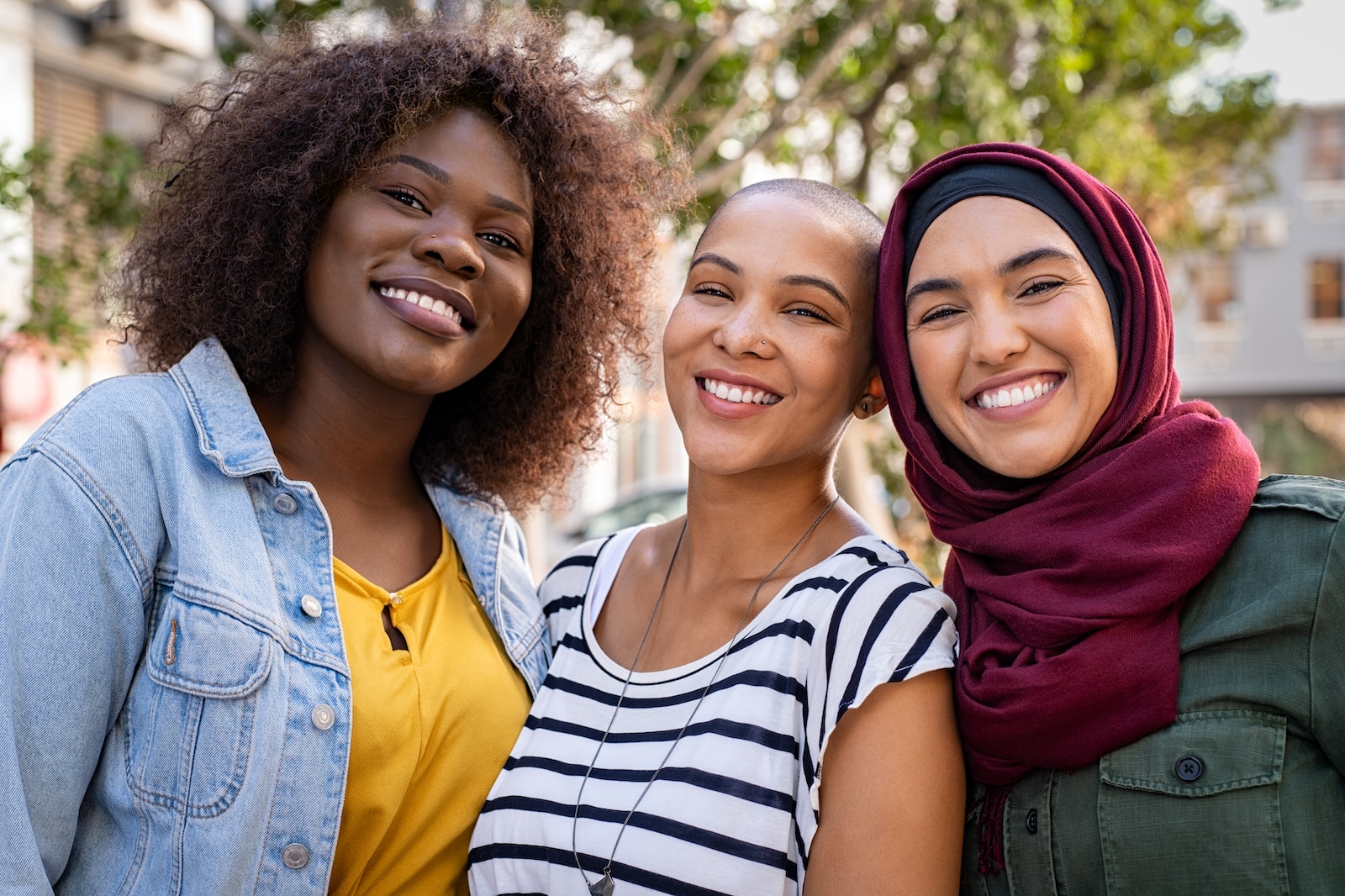The Fine Line Between Cultural Appreciation and Appropriation
In today’s vibrant cultural mosaic, the line between cultural appropriation and appreciation can sometimes blur. How can we celebrate diversity without overstepping into insensitivity?
1. Understanding the Basics

Cultural appropriation involves adopting elements of a culture not your own, especially without understanding or respect for their significance. Appreciation, on the other hand, involves honoring and respecting another culture and its practices as a way to broaden one’s perspective.
2. Famous Missteps

High-profile fashion brands like Gucci have faced backlash for designs that appropriated cultural symbols without context. These incidents not only led to public apologies but also ignited discussions on the need for more thoughtful cultural engagement in fashion.
3. Celebrity Influences

Celebrities often find themselves at the center of these debates. For instance, when Kim Kardashian wore traditional Fulani braids, she was accused of cultural appropriation due to her lack of connection and acknowledgment of their cultural significance.
4. Positive Examples of Cultural Appreciation

Conversely, when Beyoncé performed at Coachella incorporating African American college band traditions, she was praised for her respectful and celebratory portrayal of black culture, demonstrating appreciation and homage.
5. The Role of Intent and Context

The intent behind cultural exchange matters significantly. It’s about engagement: Are you aiming to learn and grow, or merely to take? Context, such as understanding and respecting the original meaning and significance, is crucial.
6. Economic Impacts

Appropriation often commodifies cultural elements without benefiting the origin culture, leading to economic disparities. It’s essential to consider who profits from cultural exchange.
7. Educational Outreach

Educational initiatives can bridge gaps between cultures, promoting a deeper understanding and respect. For example, museum exhibits that explore the origins and significance of cultural artifacts can serve as appreciation rather than appropriation.
8. Community Involvement

Involving members of the original culture in the creative process ensures a more accurate and respectful representation. This collaborative approach helps prevent the oversimplification and distortion of cultural symbols.
9. Listening to Voices

Paying attention to the voices and concerns of minority cultures when they speak out about inappropriate uses of their cultural elements is crucial. Their insights can guide more respectful cultural interactions.
10. Legal and Ethical Considerations

Some advocate for legal measures to protect cultural heritage and prevent appropriation. Ethical considerations should guide the commercial use of cultural elements, focusing on respect and rights.
11. Pushback and Public Response

When accusations of cultural appropriation arise, the public response and the accused party’s handling of the situation can shape perceptions of sincerity and respect. Apologies and changes in practice can demonstrate genuine respect and learning.
12. Personal Responsibility

Every individual has a role in promoting cultural sensitivity. By educating ourselves and others, we can make informed choices that respect cultural boundaries and contribute to a more understanding and inclusive society.
13. Media Portrayal

How media portrays cultural exchange matters. Positive depictions encourage appreciation and understanding, while negative or stereotypical portrayals can perpetuate appropriation.
14. Advocating for Authenticity

Supporting authentic cultural expressions and businesses owned by members of the cultures being represented can help combat appropriation. Choosing authenticity over superficiality ensures that cultural expressions are respected and preserved.
15. Continuous Dialogue

Maintaining open and ongoing conversations about cultural boundaries can prevent misunderstandings and foster a climate of mutual respect and learning. These dialogues are essential for evolving cultural relationships.
16. Future Outlook

As global interaction increases, so does the potential for cultural exchange. The future will likely hold more opportunities for both appropriation and appreciation, making the need for awareness and sensitivity even more critical.
A Call for Mindful Interaction

Navigating the fine line between appropriation and appreciation is complex but essential for fostering a culturally respectful society. Let’s choose to engage with different cultures mindfully, always aiming to honor rather than appropriate.
Millennials Turn the Tide on Climate Beliefs

Millennials have often been labeled as apathetic, but when it comes to climate change, they are leading the charge. How did this generation go from skepticism to becoming fervent advocates for the planet? Millennials Turn the Tide on Climate Beliefs
Forgotten Warriors: 20 Military Units History Erased

Throughout American military history, numerous units have demonstrated extraordinary bravery and made significant sacrifices, yet many have not received the recognition they deserve. This article shines a light on these overlooked groups whose valiant efforts are an integral part of our nation’s heritage. Forgotten Warriors: 20 Military Units History Erased
Why You Shouldn’t Live in a Retirement Community

Think you’re ready to settle into a retirement community? Before making this significant life decision, consider how it might impact your independence, finances, and social life in ways you hadn’t anticipated. Why You Shouldn’t Live in a Retirement Community
Featured Image Credit: Shutterstock / Vladimir Kudinov.
The content of this article is for informational purposes only and does not constitute or replace professional advice.
The images used are for illustrative purposes only and may not represent the actual people or places mentioned in the article.
For transparency, this content was partly developed with AI assistance and carefully curated by an experienced editor to be informative and ensure accuracy.






